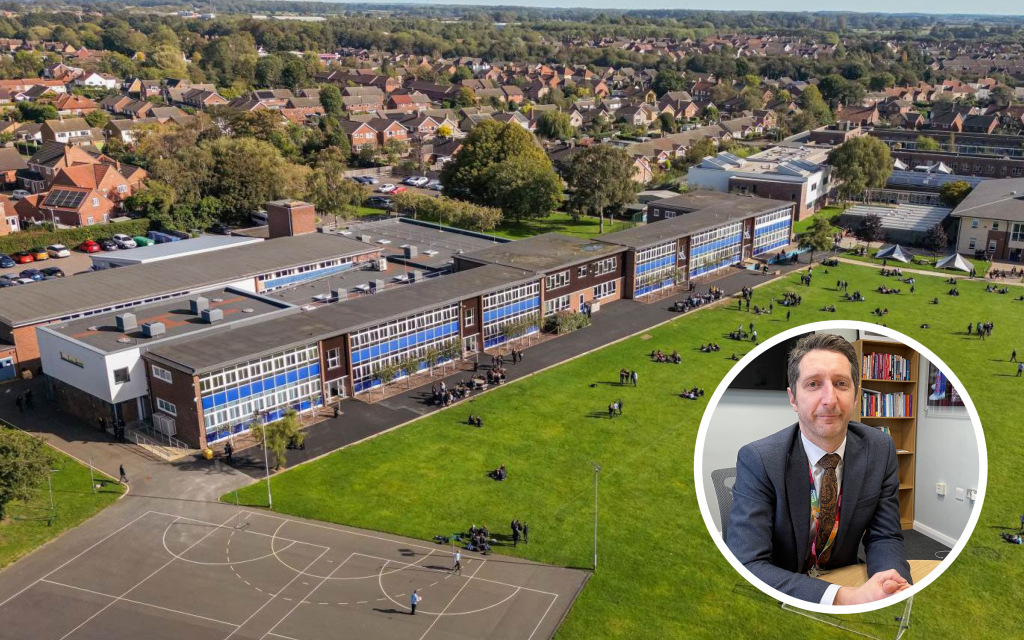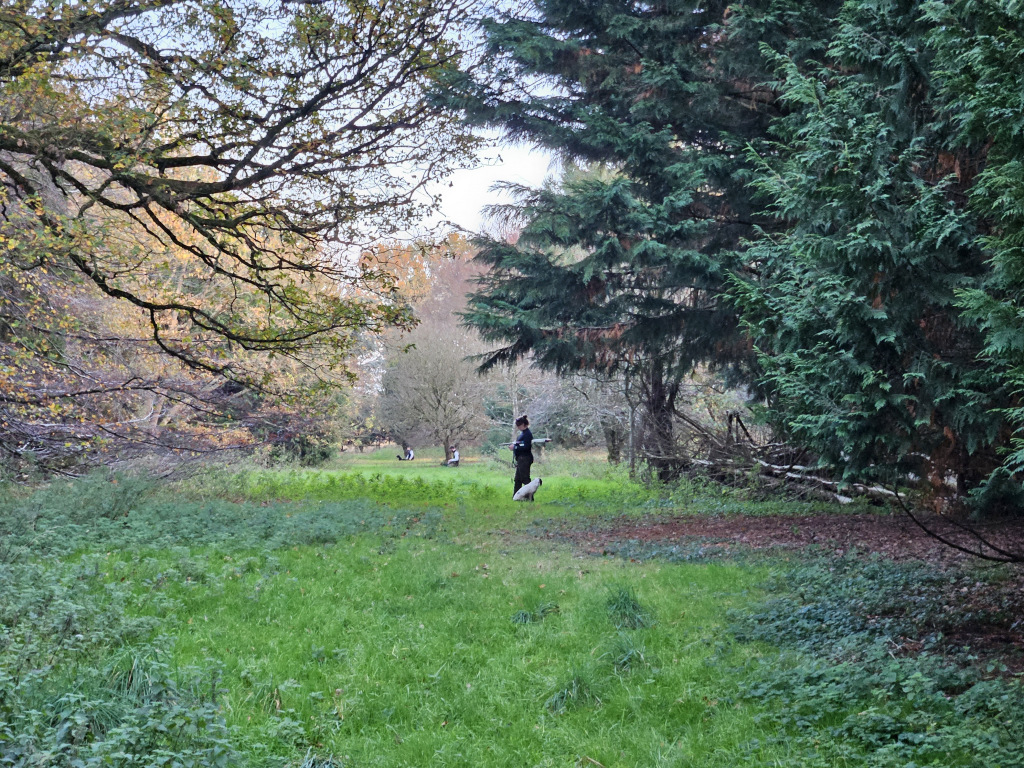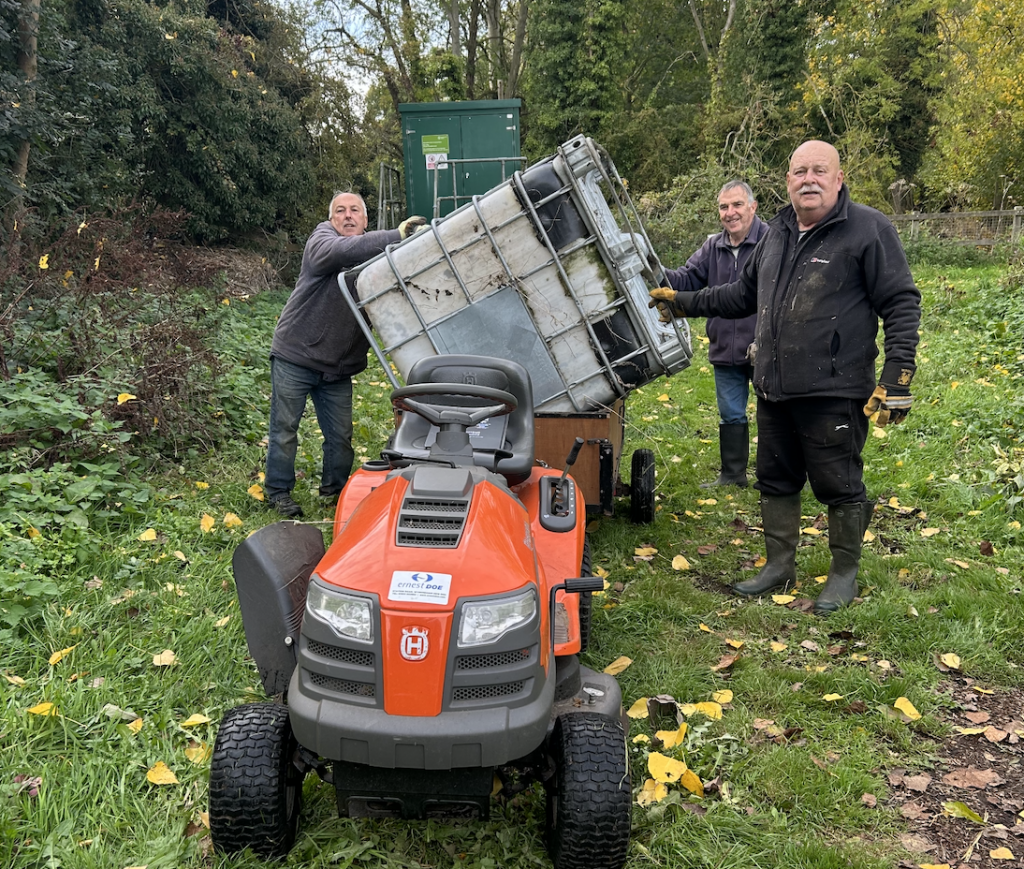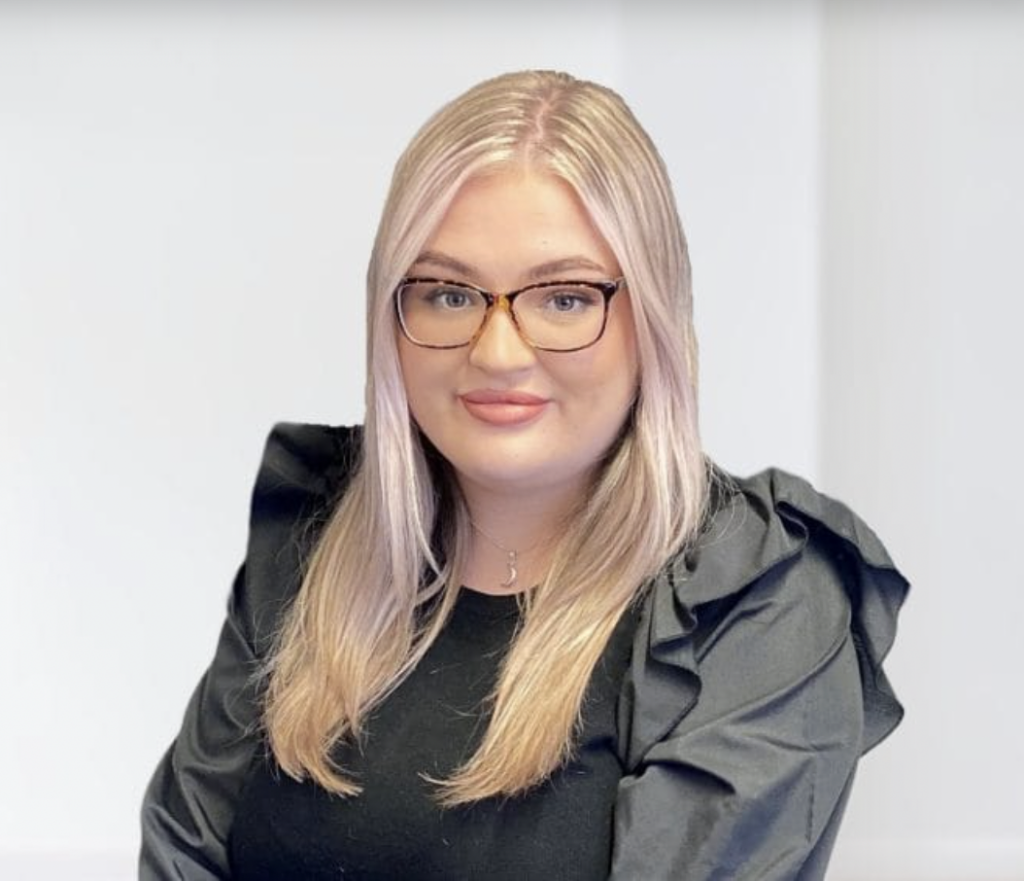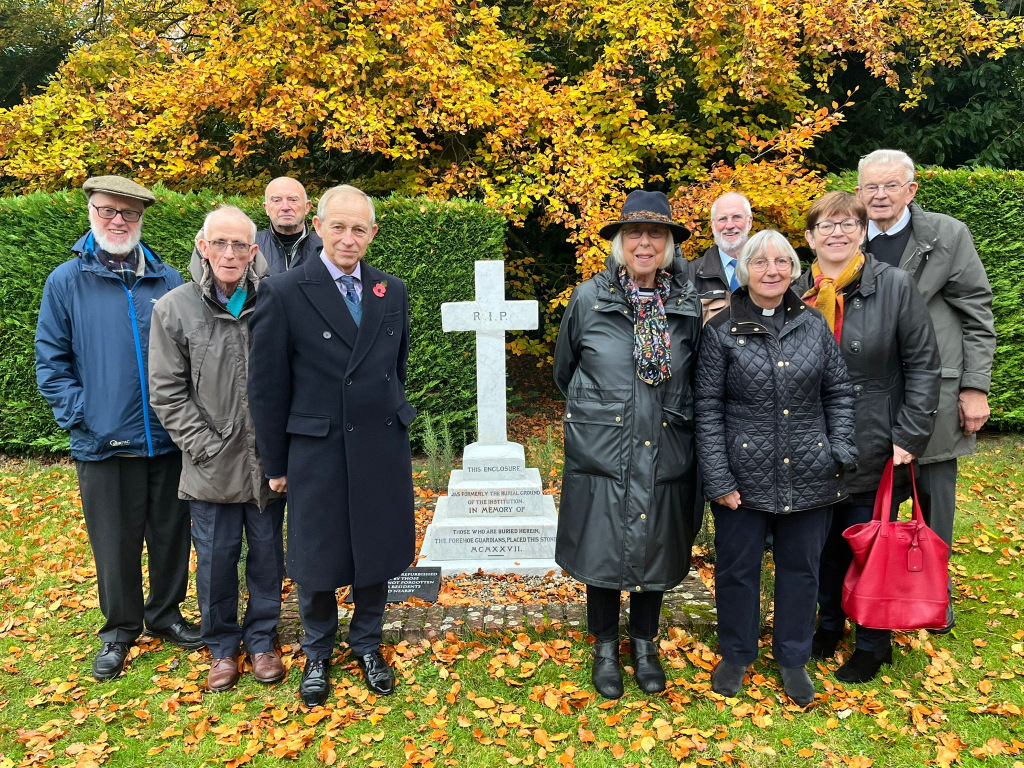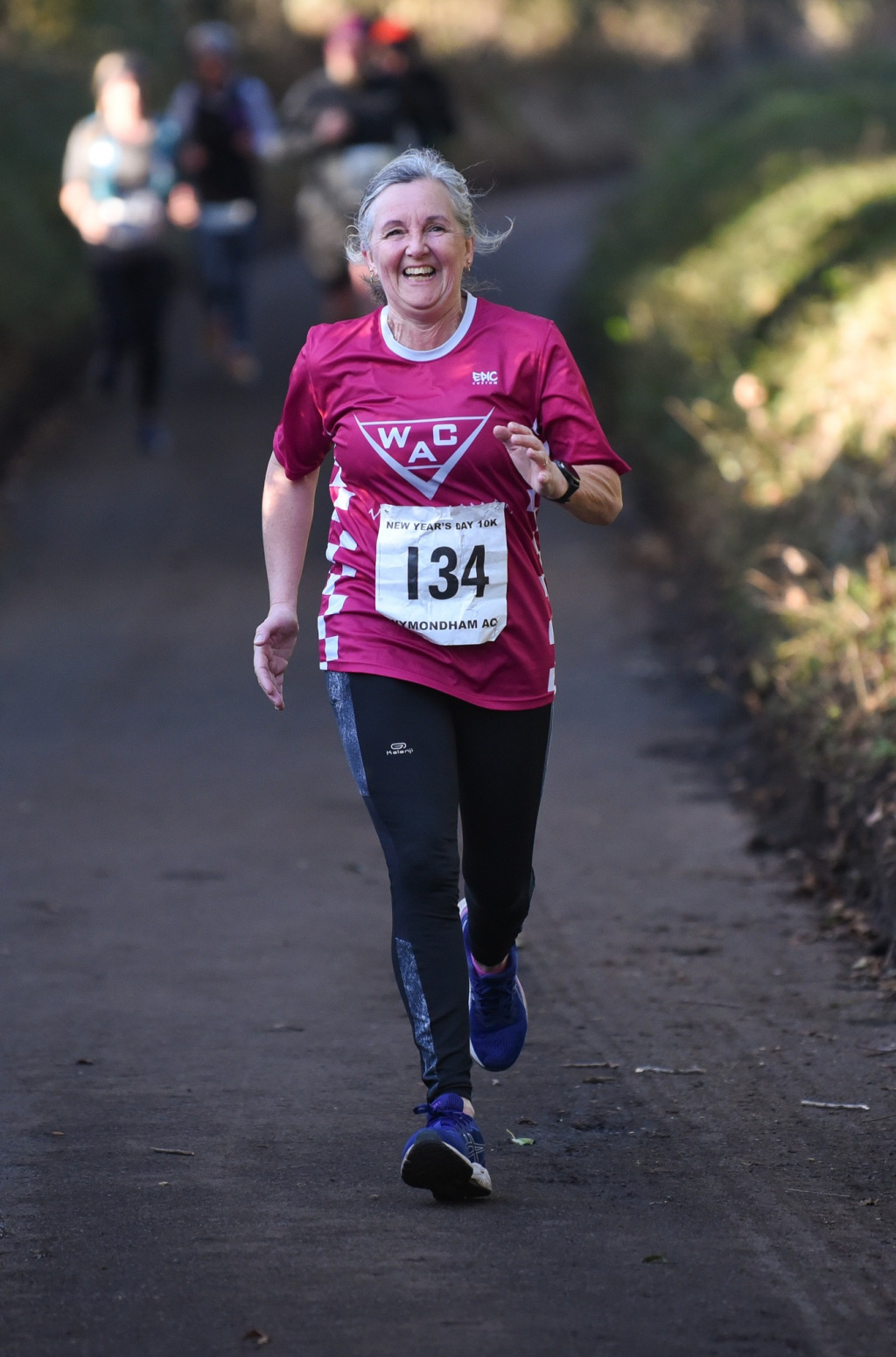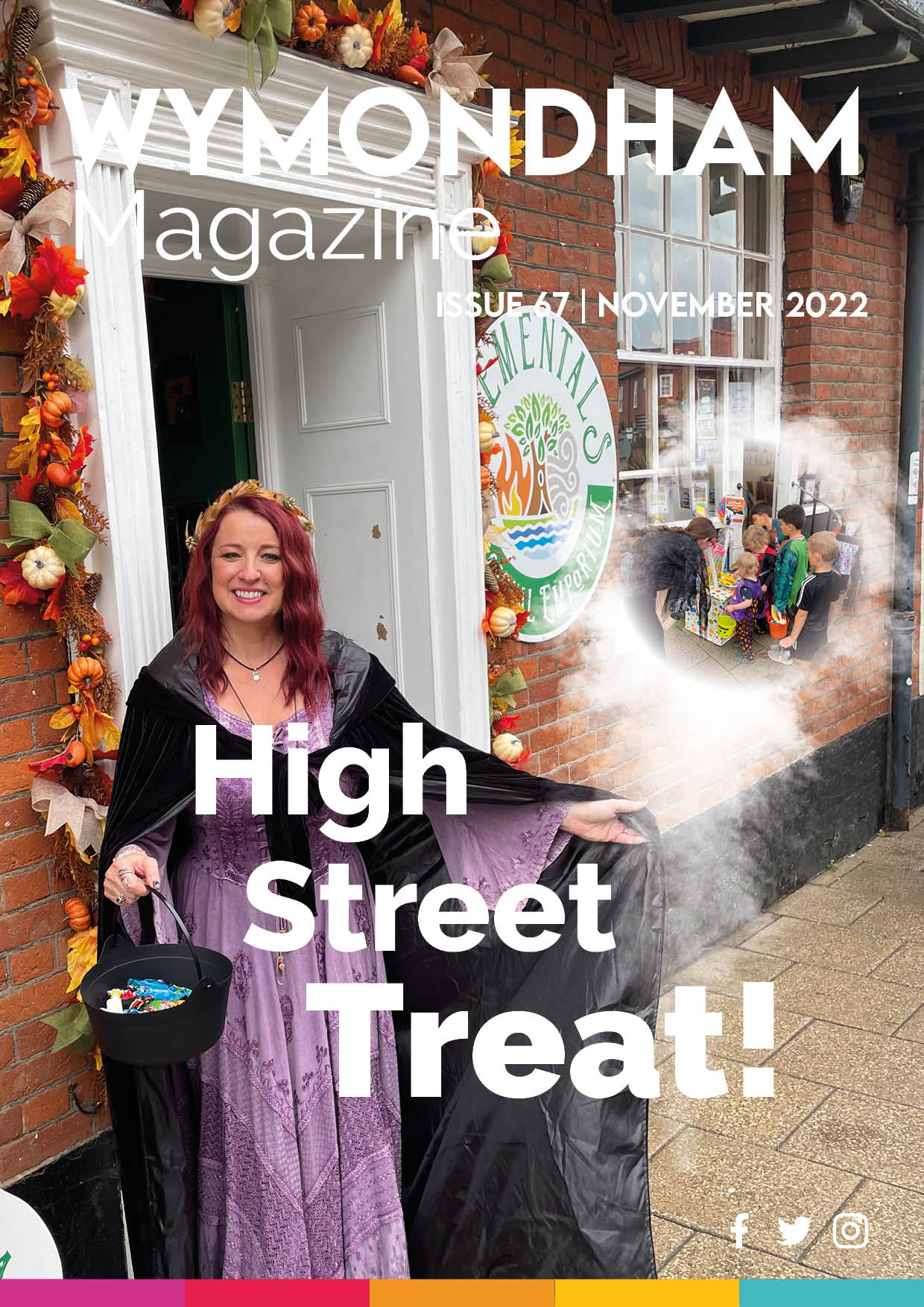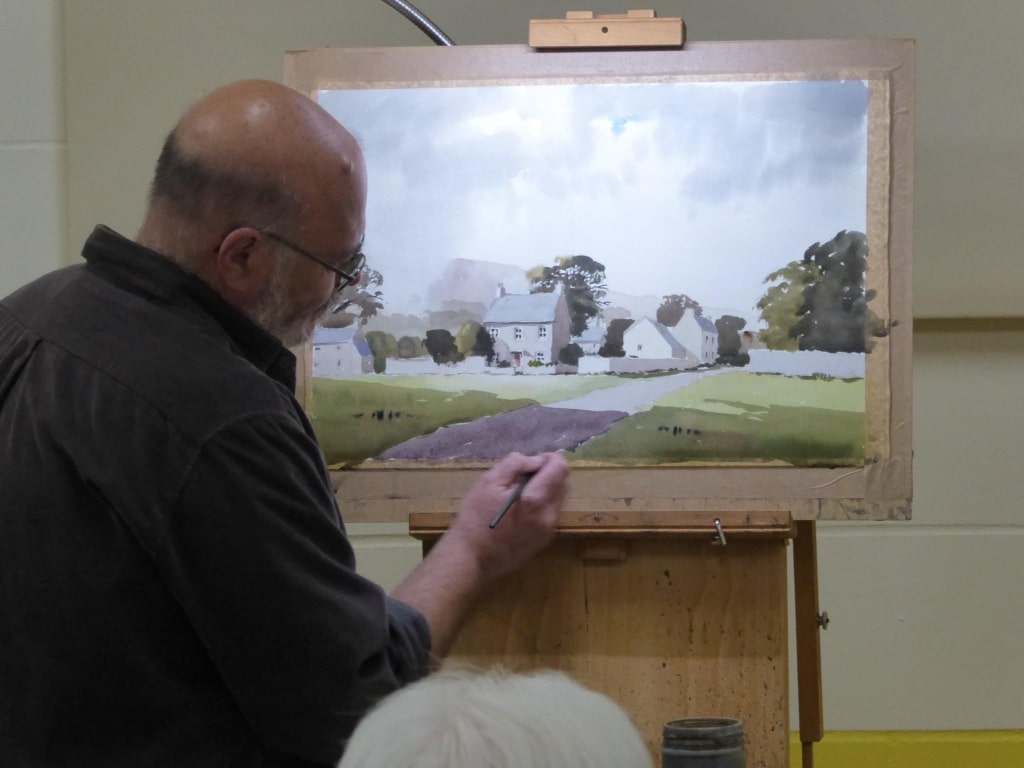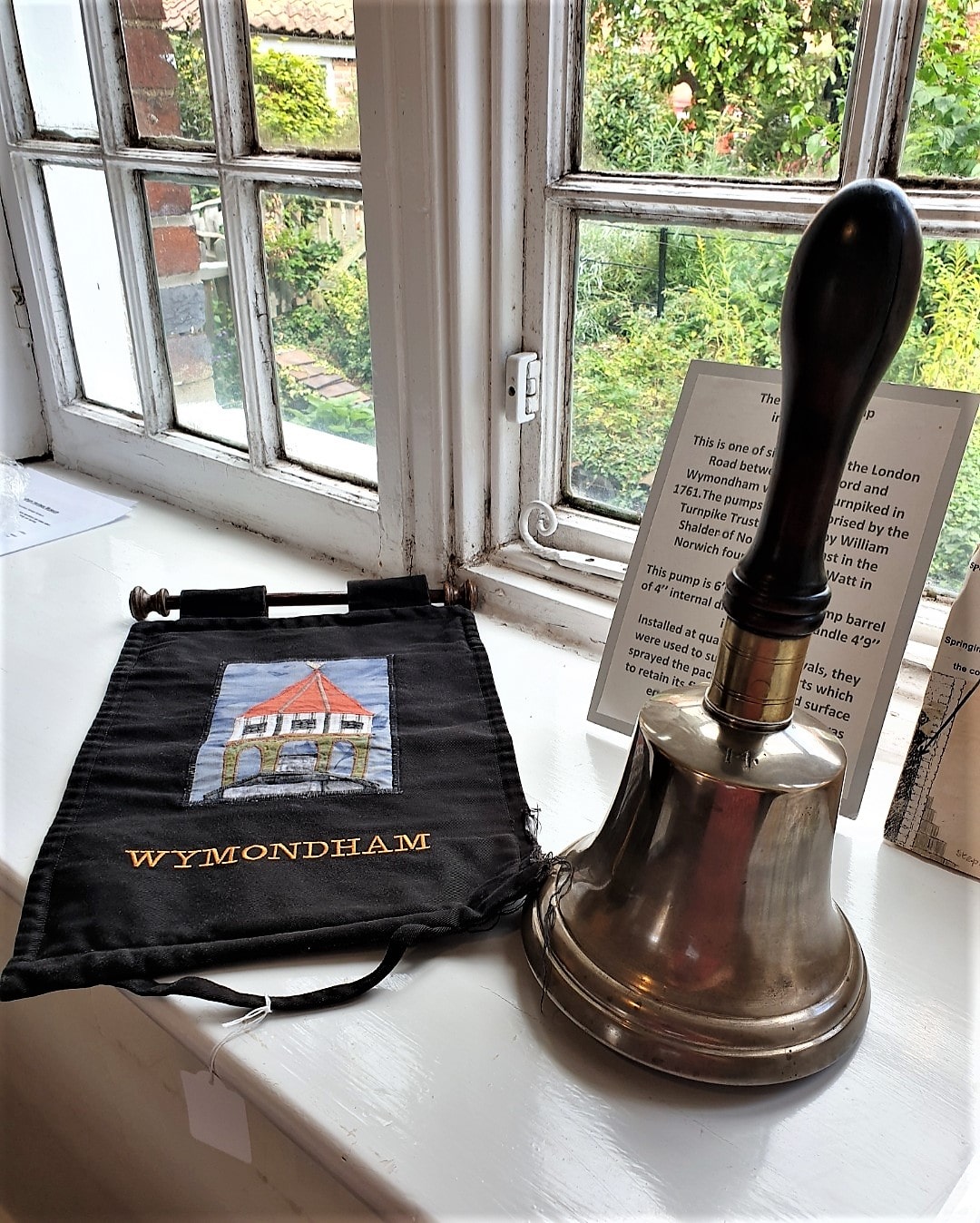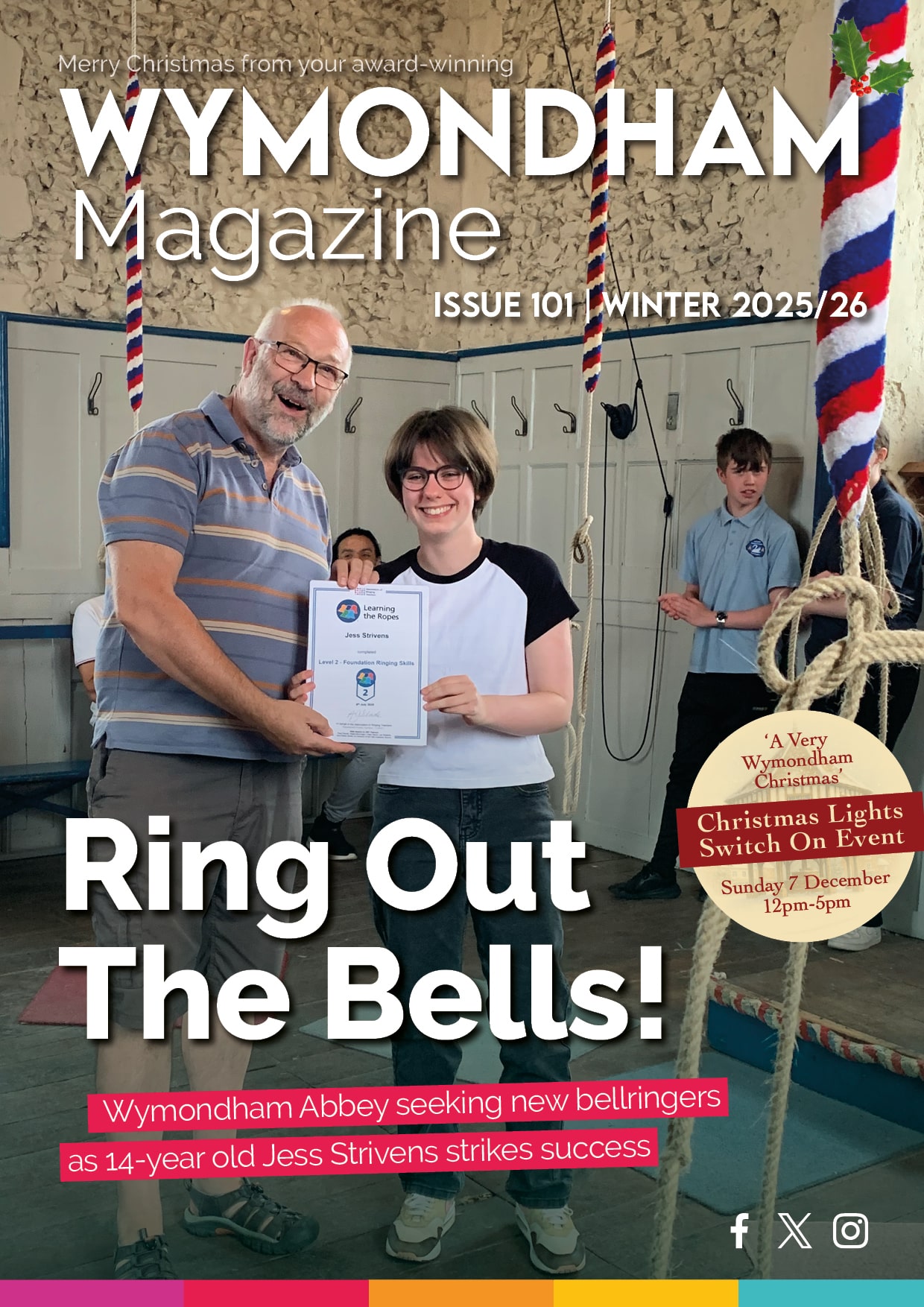Last year, Wymondham High Academy Trust got a new Headteacher, Mr. Chris Smith. Who is he and what makes him tick? We sat down with him to find out…
“I grew up in Kent, from a fairly standard working class background. We moved to Norfolk when I was about 11 and I went to Notre Dame High School. I always enjoyed school though I didn’t always find it easy. It was at the University of Leicester when I first considered teaching. I think I wasn’t always taught brilliantly throughout my education and I realised that those whose families had good academic backgrounds could excel easily at school. Those that didn’t, if they worked hard, could do perfectly well, and I did do perfectly well, but I always wondered what I could have achieved if I had that driving force behind me, both from a family perspective and a school perspective. I’ve always had a strong feeling for fairness and social justice.”
Mr. Smith went on to work in “the real world” for a few years in insurance and other jobs, then retrained as a teacher. He worked at Fakenham High initially and then spent many years in Dereham at Neatherd, ending up as Headteacher.
What appealed with the opportunity at Wymondham High? “Excellent staff, excellent facilities and the students are fantastic. There was nothing wrong with the school when I started but there were loads of opportunities not being taken. It’s a great chance to seize those opportunities and turn it into the best place it can be. It’s a school that does very well academically and I was excited about the opportunity to improve that, but also build all the other stuff around it.”
Mr. Smith has begun making changes. First and foremost was a focus on the ethos “work hard, be nice”. Students engaging with staff; staff engaging with students. Smiling and focusing on polite corridor interactions, like saying “hello, how are you?”
“One of the simple things I wanted to improve was that feeling of welcome belonging and welcoming atmosphere in the school. That was really important to me.”
The other major change made last year was to increase the amount of pastoral support given to kids. “We had a brilliant team of non-teaching staff who worked exceptionally hard to guide students with their behaviour. There weren’t enough people there to give the students what they needed. So we added a layer of heads of year and that has been really successful.”
“The aim with the pastoral team is for it to be proactive rather than reactive. The members of staff in the wellbeing team will offer 1 to 1 and small group sessions to tackle issues like anxiety and resilience. They can proactively give them guidance and coping techniques, to enable them at a low level to manage themselves. Also at break times there are drop in sessions. Any student can drop in and just talk to someone and express a concern. When it goes beyond low level, they signpost parents and families to other resources.”
How difficult is it to deal with mental health issues whilst encouraging academic progress? “It’s certainly a challenge and a fine balance. Schools are here to teach, we aren’t a medical or counselling service. But we do need to provide pastoral service with low level concerns and ensure they get the support they need. Schools are struggling. I talk to colleagues in other schools and they’re definitely struggling. It’s not a case that we’re totally left alone, we are able to signpost students to other services but unfortunately due to a lack of resources there are waiting lists for certain things. The professionals we work with are fantastic though.”
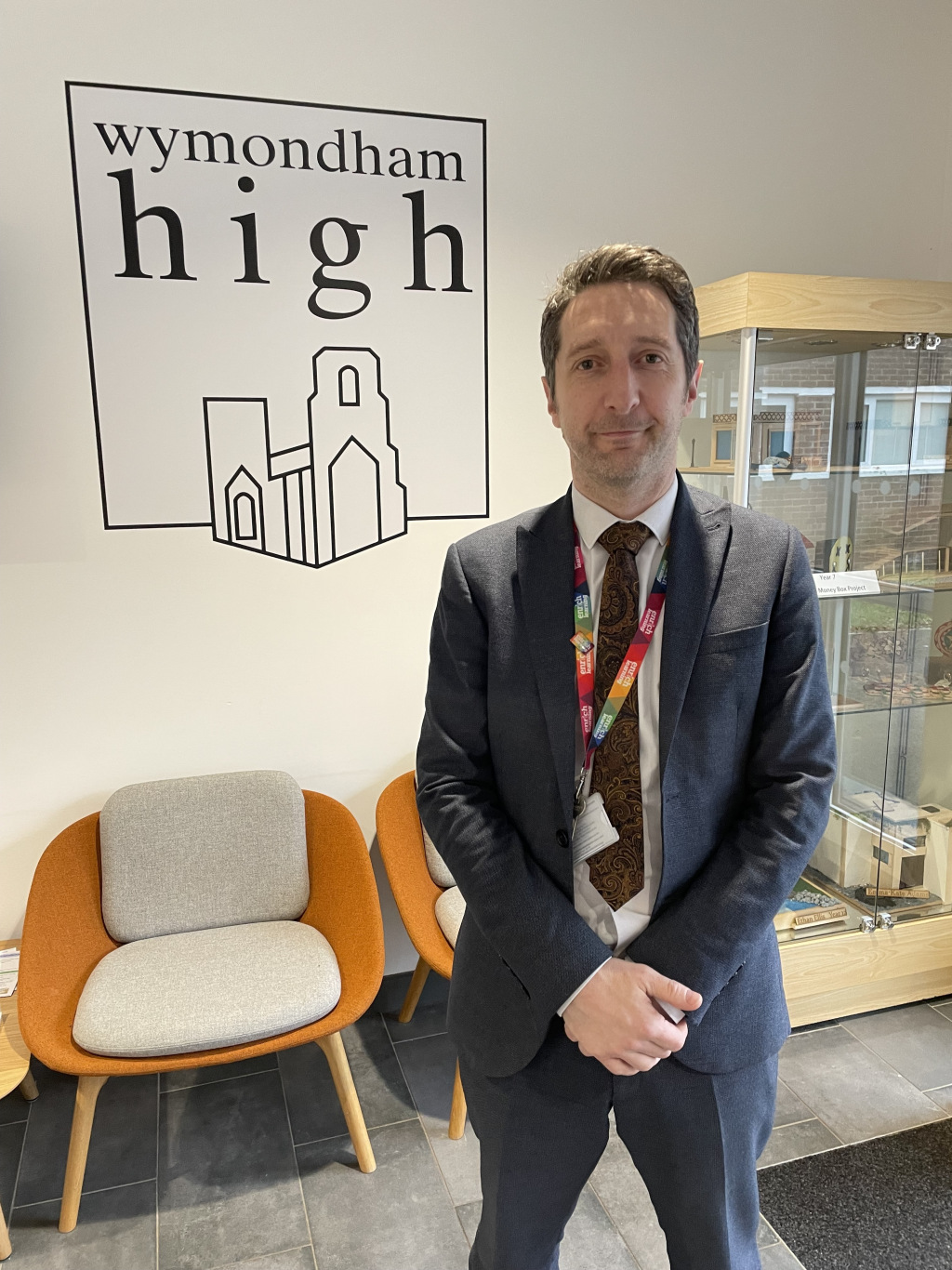
“The challenge of any school is that we have them only for six and a half hours a day, 190 days a year. That’s not a lot of their life and there are a lot more influences outside.”
“Things are quite clearly worse since the pandemic. There has clearly been a change, probably related to everyone’s mental health taking a turn. All schools are noticing that. There’s been a decline in some students’ mental health and there’s been a decline in some students’ ‘toolkit’ for being resilient to change as well.”
“Persistent absence rates are very bad, not just in Wymondham. It refers to children who are absent for 10% or more of their school sessions. Our current rate is 22%. So nearly a quarter of our school population. If we’re going back to pre-pandemic at my previous school we were at about 6%. There’s clearly been an alteration in the public perception in the importance of attending school.”
Is bullying an issue? “The sad thing with bullying is that it is part of society. If a head teacher says ‘there is no bullying in my school’ I’d question that. Sadly it exists amongst children and adults. Our stance is that we are not tolerant of bullying, it is just not okay. Where we know about it we take very quick and swift action to deal with it. Our job is to ensure students feel safe enough to report it. We use an online platform called Toottoot. They can anonymously report incidents through that to the safeguarding team and we also have trusted adults in the school students can report to.”
“Modern day bullying happens a lot online, and most of that happens outside school. We deal with the repercussions in school, but it’s one of the reasons we are really clear phones are not allowed to be used during school time. We want it to be a safe haven during the day where kids don’t think about mobile phones. From the moment they enter the gate to the moment they go home, it should be off and away. We understand parents want children to have a phone for walking home, but during school they are off. If we spot one, we confiscate it and we will only give it back to the parent.”
What’s next on the change agenda? “My aim would be for the school to be much more of a community school, and have closer links with the community as a whole. Schools need to be a key hub in the community, a place that people have connections to. It’s not just an 8:30-3:00 place where kids come and do some work then go home. I want it to be seen as a place where we are a key part of the community. And that’s hard to achieve, when you have 1,600 students here and all the families.”
“Look at all the space we’ve got, look at the facilities we’ve got. We’d really like to move on from the old school fete concept and perhaps do some sort of summer festival. We could finish at lunch time one day and open it up to people from the local community to come in, buy things from stalls, play games and all sorts of other things.”
“We’re putting on a performance of Les Miserables towards the end of March, with three showings. We’ve got a new head of performing arts who started in September, he’s absolutely fantastic and determined to deliver performances for the community every year.”
“The main message from me is that as Headteacher I want this school to be a community high school. I want it to be firmly part of the community both in terms of reaching out, getting our kids out working and engaging with the local community, and also inreach - there must be loads of great employers, knowledge, skills, expertise, in this town which our kids can benefit from. We can bring that into this school and engage with young people. That’s really what I want to happen, that two way process.”




